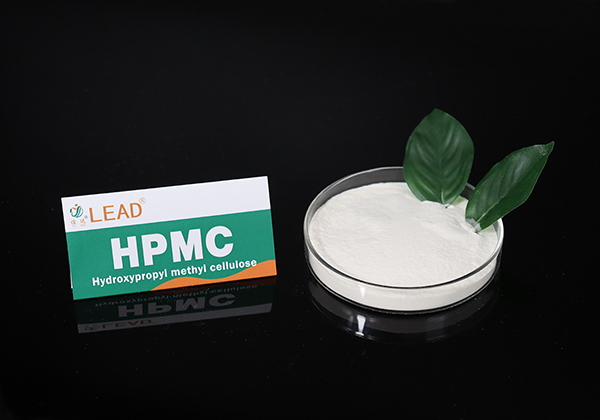https://www.chinayidahpmc.com/indicators-of-construction-grade-hpmc-chemicals.html
In the world of modern construction, achieving durability, workability, and enhanced performance in building materials is crucial. Hydroxypropyl Methylcellulose, commonly known as HPMC, has emerged as a vital additive in the construction industry. HPMC chemicals are widely used to improve the quality and functionality of various construction materials, such as mortars, plasters, and cement-based products. However, not all HPMC chemicals are created equal, and understanding the indicators of construction-grade HPMC is essential for ensuring successful construction projects.
Hydroxypropyl Methylcellulose (HPMC) is a semi-synthetic polymer derived from cellulose, a natural polymer found in plant cell walls. HPMC is modified through a chemical process to enhance its properties, making it a versatile and effective additive in various applications. In construction, HPMC is utilized as a thickener, water-retaining agent, binder, and film-forming agent. It plays a significant role in improving the workability, adhesion, and overall quality of construction materials.

1. Viscosity Range:
Viscosity is a critical indicator of HPMC quality. Construction-grade HPMC chemicals should exhibit a consistent and well-defined viscosity range. Viscosity affects the flow and workability of construction materials, such as mortars and plasters. The right viscosity ensures optimal mixing, application, and adhesion, leading to improved construction quality.
2. Water Retention:
One of the primary functions of HPMC in construction is its water-retaining ability. High-quality HPMC chemicals have the capacity to hold water in the mixture, preventing premature drying and ensuring proper curing. This property is crucial for maintaining hydration and strength development in cementitious materials.
3. Thermal Stability:
Construction materials often face temperature variations during mixing, application, and curing. Construction-grade HPMC chemicals should demonstrate good thermal stability, remaining effective even under fluctuating temperature conditions. This stability ensures consistent performance and avoids unwanted alterations in material properties.
4. Particle Size Distribution:
The particle size of HPMC powder influences its dispersion and hydration characteristics. Construction-grade HPMC should have a controlled particle size distribution to facilitate uniform mixing and hydration within the construction material. Proper particle size distribution contributes to improved strength and durability of the end product.
5. Setting Time Control:
HPMC additives can influence the setting time of construction materials. Optimal setting time control is crucial to accommodate varying construction needs and to ensure adequate time for application and finishing. Construction-grade HPMC should provide predictable and manageable setting time adjustments without compromising the material's integrity.
6. Compatibility with Other Additives:
In many construction applications, HPMC is used in combination with other additives such as cement, admixtures, and polymers. A construction-grade HPMC should be compatible with these additives, without causing undesirable interactions or compromising the overall performance of the mixture.
7. Adhesion and Cohesion:
HPMC enhances the adhesion of construction materials to surfaces and also contributes to their internal cohesion. A construction-grade HPMC should improve the adhesion of materials to substrates and ensure that the mixture maintains its integrity without excessive cracking or shrinking.
8. Resistance to Sagging:
For vertical applications such as plastering or tile fixing, it's important for the material to resist sagging or slumping after application. Construction-grade HPMC helps in achieving this by providing the necessary consistency and viscosity to the mixture, preventing deformation during the curing process.
In conclusion, the quality of Hydroxypropyl Methylcellulose (HPMC) chemicals can significantly impact the performance and durability of construction materials. Construction-grade HPMC should possess indicators such as a well-defined viscosity range, water retention capabilities, thermal stability, controlled particle size distribution, setting time control, compatibility with other additives, adhesion and cohesion enhancement, and resistance to sagging. By carefully considering these indicators, construction professionals can ensure that they are using the right HPMC additives to achieve the desired results in their projects.
Hebei Yida Cellulose Co., Ltd. is a professional HPMC manufacturer, providing you with free sample testing and technical guidance.
Copyright:@2020-2021
Comments Please sign in or sign up to post.
0
0 of 500 characters used